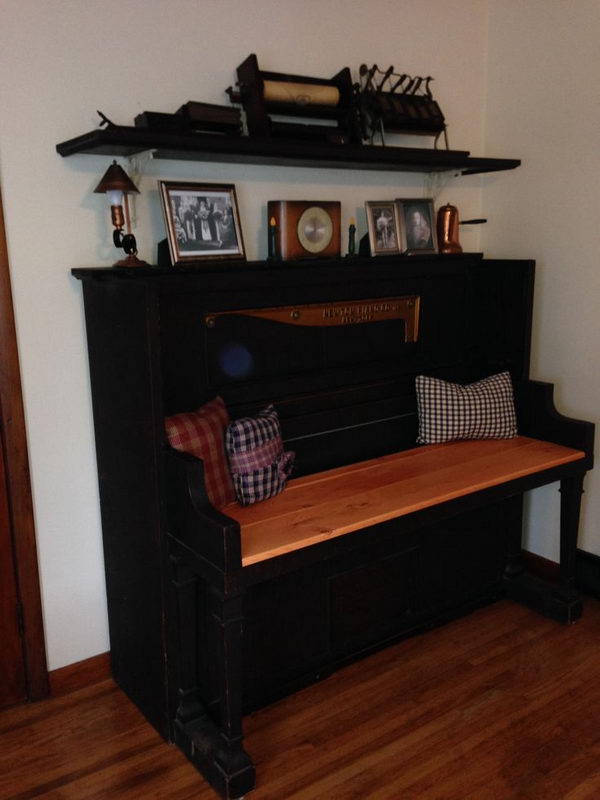Mixxx is the only free cross-platform vinyl control software and has the most advanced MIDI/HID controller support.
Here is the official site where you can download it for free: http://www.mixxx.org/
This is mixxx's main window. Click on 'Options' -> 'Preferences'.
Go back to Mixxx, load a track in one of the decks and start playing it. In the Mixxx menu click on 'Options Enable Live Broadcasting'. If all went well Mixxx will show a message that it has successfully connected. If your connection fails, Mixxx will show a message that the connection fails with some extra information regarding the cause. Drop a song onto a deck in Mixxx to start playing right away. Keep your eye on beats and cue points with a scratchable, scrolling waveform together with a whole-song overview waveform for quick seeking. Generates the CMakeSettings.json with the matching build configurations for Visual Studio Start Visual Studio, choose 'Open a local folder' select the mixxx directory containing CMakeSettings.json Menu 'Project' - 'Generate Cache for mixxx' Select the build configuration in the toolbar (x64fastbuild is recommended). Mixxx integrates the tools DJs need to perform creative live mixes with digital music files. Whether you are a new DJ with just a laptop or an experienced turntablist, Mixxx can support your style and techniques of mixing. Drop a song onto a deck in Mixxx to start playing right away.
This is the window that will appear.
New kodi 28.5 krypton collection (media software) free download mediafire.
Download Cubase 5 Full Crack Gratis v5.1.2 Windows 32 Bit 64 Bit. Cubase 5 Full Download merupakan software recording, mixing dan mastering music yang sangat terkenal di dunia. Dirilis oleh perusahaan Hamburg Steinberg sejak era 90an, sekarang cubase makin perkasa dan memiliki tools yang melimpah. Download Free Cubase 5 Download For Mac Os X - real advice. Cubase 5 and 1 more program. Download steinberg cubase 5 crack mac. Cubase 5 free. download full version. Audio & Video tools downloads - Cubase AI 5 by Steinberg and many more programs are available for instant and free download.

You can either use mixxx's console or your hardware (for example http://www.hercules.com/en/DJ-Music/ ).
If you want to use your own hardware, firstly, you have to select the source of sound that you will use and then you should go to 'Controllers', choose the type of the console and load it.
Now, go to 'Live Broadcasting' to set up the server info.
To find the required information go to the 'Broadcast' tab in the 'Settings' section of your station's administration panel.


How To Layer In Microsoft Paint
Fill in the blanks with this information.
How To Layer In Microsoft Publisher
Fist, in the section 'Type' select 'IceCast 2'.
In the section 'Host' type the IP address which you can find at 'Host' of your Broadcast link.
In the section 'Login' write 'source'.
In section 'Mount' fill in the info displayed in 'Mount Point' of your Broadcast link.
In the section 'Port' write '80'.
In the section 'Password' fill in the 'Mount password' of your Broadcast link.
Then, in the 'Format' section select 'MP3' and 'Stereo' at 'Channels'.
We recommend you to choose a Bitrate of 128kbps.
Don't forget to click on 'Enable live broadcasting' before you press OK.
Now you are ready to broadcast!
Is there a Mixxx plugin/extension API similar to Virtual DJ's plugin API? I was doing some research on DJ application APIs, and I came across Virtual DJ's plugin API here (https://www.virtualdj.com/wiki/Developers.html). Their plugin API (among other things) allows users to query and set values in VDJ's control system.

I found the Mixxx control system here (https://www.mixxx.org/wiki/doku.php/mixxxcontrols), but I was unable to locate documentation about how to query this from a plugin or another application. Does such an API exist?
If so, how would I go about writing a plugin, framework, or other construct that allows me to query information from the Mixxx control system and pass it to another application? If not, where might I look in the Mixxx source to add a patch to the same effect?
Background: I am starting a project to rewrite my sequenced light controller (similar to Vixen [http://www.vixenlights.com/] or Light-O-Rama [http://www1.lightorama.com/]) to remove a number of issues in its programming. Programs like this store a sequence of events or an array of channel values, and play them over a protocol like DMX or MIDI synchronized to a song. A medium to large-scale example of a show like this would be this youtube video [https://www.youtube.com/watch?v=z5dfpe_-Lgg], which utilized Light-O-Rama.
Right now, my program uses LibVLC for the audio playback. It loads a light sequence from a file (written by Vixen 2), determines which audio file to play, and tells LibVLC to load and play that audio file. While the song is playing, the program checks VLC's playhead position on a high-frequency loop (it needs to query the playhead position at least every 25ms to match control resolution with DMX), calculates a position in the sequence from LibVLC's playhead information, and outputs the data at the calculated position to DMX, effectively using VLC as a stopwatch to time out the file. That way, the sequence is always pointing at the same place the audio player is and they never go out of sync.
Since the sequence execution engine only requires minimal (if high frequency) integration with the audio engine, it would be easy to use different audio APIs as plugins in my program. Nemesis vst crack download. My idea for integration with Mixxx is for the plugin on Mixxx's side to push the current file metadata (artist, track, filename), playposition, track_samples, and volume (including crossfader) for each deck over a pipe or socket to my program, which would determine which sequence file to run based on the metadata, and sync to Mixxx using playposition and track_samples (it's basically the same thing I already do with VLC, except this time it's communicating with Mixxx instead). To reduce the data and processing footprint, the metadata and track_samples would get pushed on deck changes, and the playposition would get pushed to or queried by my program every loop. Because my program does not rely on internal timers to calculate sequence position, it could keep lock-step with Mixxx, even if the audio is being scratched, spun backward, or having its speed mangled.
Ever since I discovered light sequencing, I have always wanted to develop a method of integrating some sort of a DJ control into it.
Love the project, keep up the amazing work!
